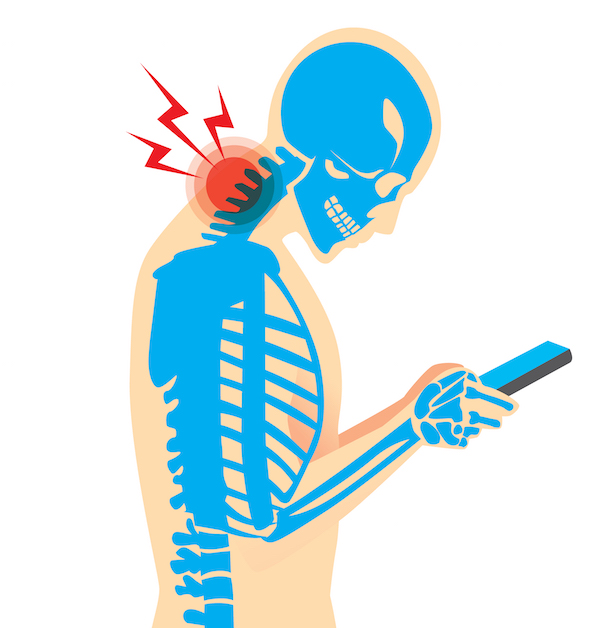
Rhomboids trigger points or “interscapular pain”
September 24, 2017How to avoid injury when training for triathlons
October 22, 2017With the summer heat coming to an end in Dubai, more and more people are training outside to take advantage of cooler temperatures. To minimize the amount of equipment needed to get a good workout, many individuals will resort to running as the exercise of choice to enjoy the beautiful cityscape. Great initiatives from companies such as Adidas have taken it even further by creating a running group called Adidas Runners (AR) Dubai that encourages people to come out and just run while creating a sense of community and friendship for likeminded individuals. As a result, the running trend continues to grow exponentially in Dubai due to the accessibility of the sport and minimal investment required to start practicing it. So, what makes running so special?
To begin, the human “gait” pattern is the most complex movement known to humans. Hundreds of muscles, ligaments and bones must align properly to move our limbs, torso and head forward while reacting to external stimuli within the running environment. In short, running is made up of 2 phases:
- Stance Phase: In which the foot is in contact with the ground
- Swing Phase: During which no feet are touching the ground
The stance phase can be then further subdivided into 3 stages:
- Heel Strike
- Midstance
- Propulsion
The heel strike begins when the foot makes initial contact with the ground. At this moment, the foot and knee work as a shock absorbing system to decelerate the leg and establish a good base of support. This stage of the stance phase is characterized with pronation of foot (collapsing) under the weight of the body. Depending on the runner, the heel strike may vary due to footwear worn or running style. Typically, a thick cushioned sole will enable runners to heel strike, whereas thin sole shoes, will bias a forefoot landing. The heel strike phase ends when the fore foot touches the floor.
Next comes the Midstance stage where the foot provides a stable platform for the body to rest its weight on. It’s at this stage that the foot should stop pronating and supination (lifting of the arch) begins. If any muscular or ligamentous instability is present at this stage, too much movement in the foot may lead to injury. A common injury among runners is plantar fasciitis where the fascia found underneath the foot gets inflamed and painful due to the excess force placed on it. The prime goal of the Midstance phase is to provide stability while bearing all body weight on one foot to allow the other leg to undergo the swing phase.
The final stage of the stance phase is the propulsion. The propulsion stage begins when the heel lifts off the ground. All toes go into dorsiflexion (extends upwards towards your shin bone) placing tension along the plantar fascia allowing the foot to begin supinating. This increased tension in the plantar fascia reinforces the foot and provides a solid base of support for the ankle, foot and toe flexors to begin propulsion of the body forwards. The propulsion stage finishes when the foot leaves the ground entirely thus initiating the swing phase.
The swing phase of running begins when the toes come off the ground and then ends just before the heel touches down. When the swing initiates, the hip flexors, quadriceps, and tibialis anterior work together to move the hip, knee and foot away from the floor to allow for the stride to take place. This phase of running is crucial to set up the leg appropriately for the heel strike that will take place shortly afterwards.
To conclude, running is performed by altering between stance and swing phases of movement in a timed manor to propel the body forward in a symmetrical fashion. The human brain must process incredible amounts of information at an alarming rate to position each limb accordingly while reacting to the environment in which the running is performed.
Oliver Lisenbarth
Kinesiologist


